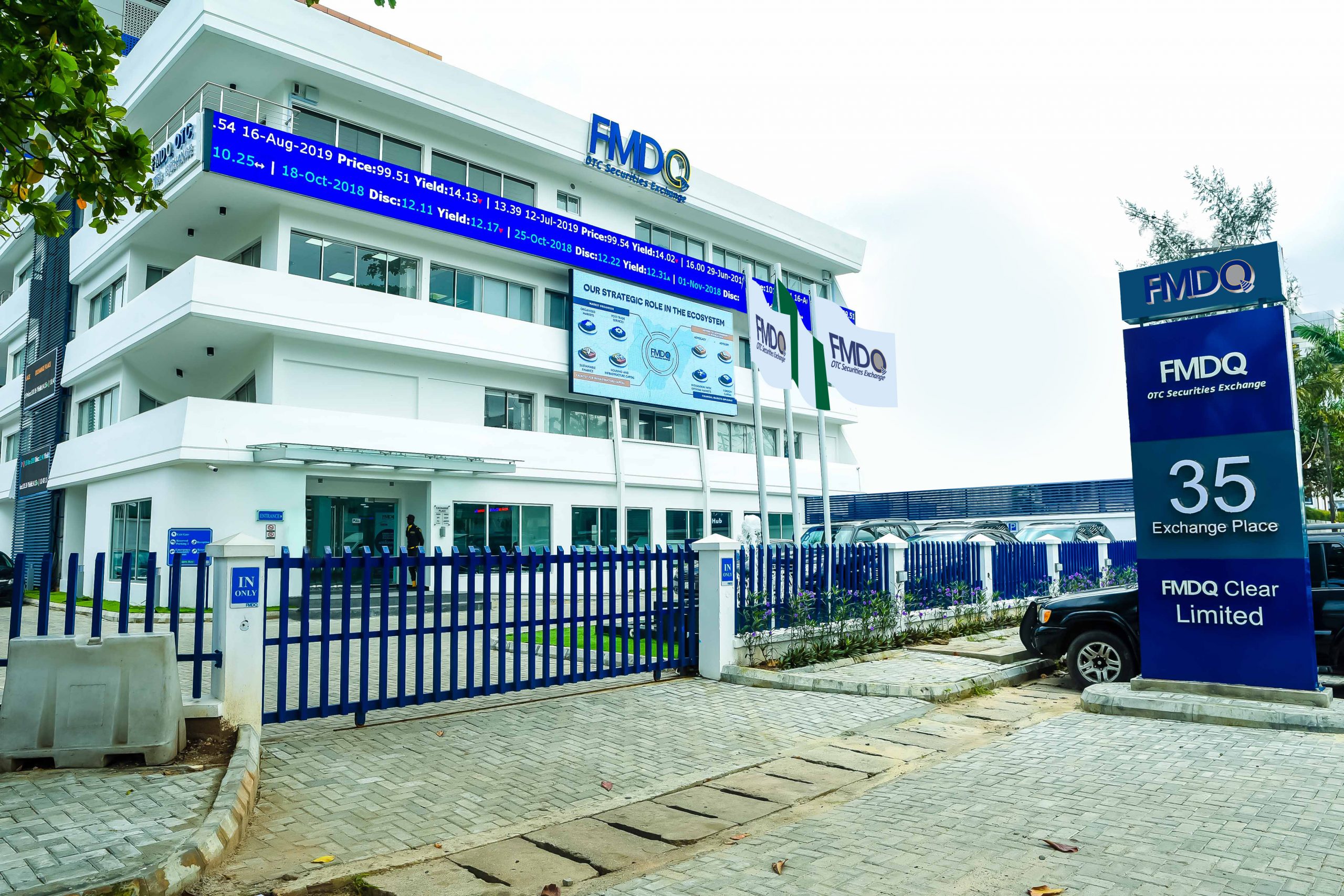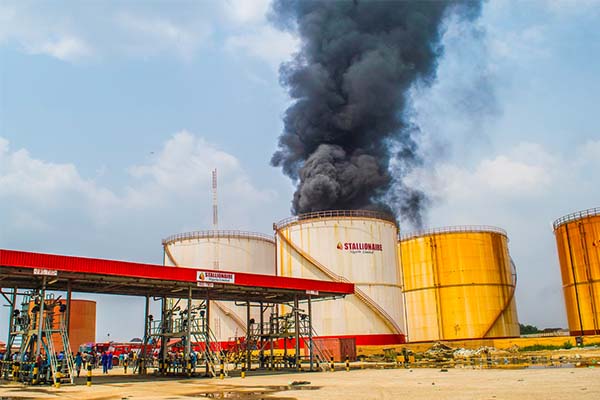The Nigerian Association of Liquefied Petroleum Gas Marketers (NALPGAM) has set a target to increase Nigeria’s annual Liquefied Petroleum Gas (LPG) supply to six million metric tonnes in the coming years, as part of efforts to promote cleaner and more affordable energy nationwide.
Outgoing NALPGAM President, Oladapo Olatunbosun, announced the plan on Tuesday at the association’s 38th Annual General Meeting held in Abuja. He noted that Nigeria’s LPG consumption has grown significantly over the past four years — rising from about 900,000 metric tonnes to over two million metric tonnes in 2024.
“By the first quarter of next year, LPG consumption will hit three million metric tonnes per annum,”Olatunbosun projected, attributing the growth to increased investments, government policy support, and rising public acceptance of gas for household and industrial use.
He said achieving the six-million-tonne target would allow Nigeria to compete favorably with African leaders Morocco and Egypt, and advance the Federal Government’s Decade of Gas Initiative, which promotes gas as a primary energy source for cooking, transportation, and power generation.
Despite progress, Olatunbosun noted that challenges such as high LPG costs and limited access in rural areascontinue to hinder nationwide adoption. He expressed optimism that prices would soon stabilize with anticipated market contributions from Seplat Energy, the Dangote Refinery, and other domestic gas producers.
“Affordability is critical. Every Nigerian household deserves access to LPG,” he said, urging industry stakeholders to expand distribution networks and reduce dependence on imports.
The outgoing president also called for increased investment in technology and digital monitoring systems to improve safety, reduce theft, and enhance plant operations across the value chain. He encouraged young Nigerians to innovate solutions that will enhance logistics, storage, and consumer access.
Looking back on his tenure, Olatunbosun described his four years as a period of “transformation and resilience”for the association. He urged the incoming leadership to build on current achievements and sustain advocacy for policies that support local production and market expansion.
The highlight of the AGM was the election of new NALPGAM executives, who will lead the association for the next four years.

















